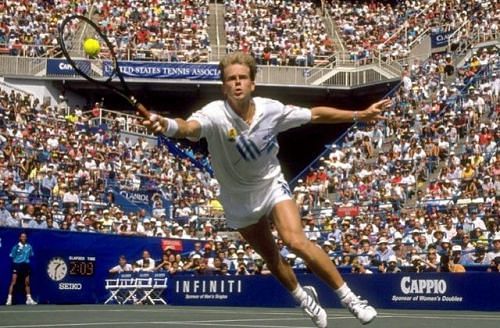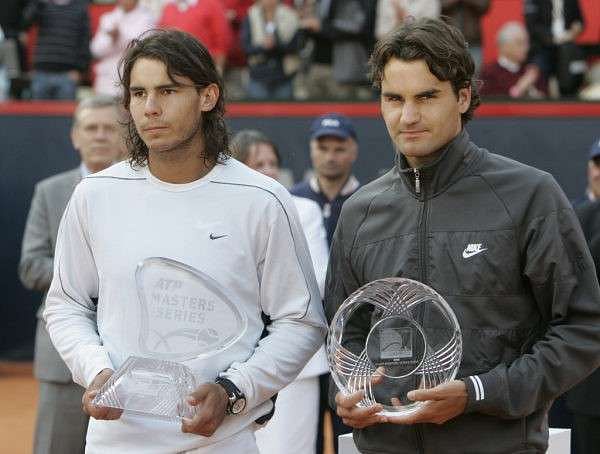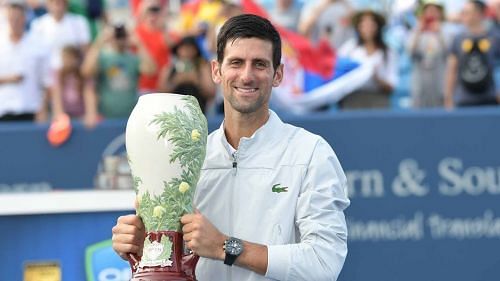
5 interesting facts about the ATP Masters 1000 series

Introduced as a series of 9 tournaments called the 'ATP Championship Series' in 1990, the ATP Masters 1000 series awards 1000 points to the winner, hence the number '1000' in the name of the series.
Consisting of tournaments at Indian Wells, Miami, Monte Carlo, Madrid, Rome, Coupe Rogers (alternates between Toronto and Montreal), Cincinnati, Shanghai, and Paris-Bercy, the Masters 1000 series cumulatively awards more points (9*1000 = 9000 points) in a season than any of the other tournament categories on the ATP Tour.
With the exception of Madrid and Shanghai, all the 7 other Masters 1000 tournaments were also part of the inaugural 'ATP Championship Series' in 1990. Paris-Bercy is the only Masters 1000 tournament played indoors while all the others are outdoor affairs.
Rafael Nadal (35), Novak Djokovic (34), and Roger Federer (28) lead a group of 66 other players to have triumphed in the tournament category. On that note, let us have a look at 5 interesting facts about the ATP Masters 1000 series.
You may also like: The last 5 players to make their Masters 1000 breakthrough.
#1. 13 different tournaments have been a part of the Masters 1000 series

Apart from the 9 tournaments which form part of the ATP Masters 1000 series since the 2009 season, 4 other tournaments have also been a part of the series before being downgraded or stopped altogether.
Hamburg used to be the 4th Masters 1000 tournament on the tennis calendar since the series' inception in 1990 till 2008 following which it was downgraded to a ATP 500 tournament.
The 2009 season saw a slight re-shuffle in the Masters 1000 calendar. Madrid transitioned from hardcourt to clay to take the place of Hamburg, and Shanghai was introduced as the newest Masters 1000 stop to take Madrid's place as the 8th Masters tournament on the tennis calendar.
Besides Hamburg, Stockholm (1990-95) - now an ATP 250 tournament, Essen (1996) - no longer on the ATP Tour, and Stuttgart (1996 to 2001) - now an ATP 250 tournament used to be a part of the Masters 1000 series.
You may also like: 5 lowest-ranked Masters 1000 winners.
#2. Unlike at the Grand Slams, no player has reached the final of all 9 Masters 1000 tournaments in a season

Unlike at the Grand Slams where Rod Laver (1969), Roger Federer (2006-07, 2009), and Novak Djokovic (2015) have reached all 4 finals in a season, no player has accomplished the same in Masters 1000 history.
The closest any player has come to achieving the feat is Djokovic who reached the final of all 8 Masters 1000 tournaments (did not play Madrid) he entered in 2015, only failing to win titles at the Coupe Rogers (lost to Andy Murray) and Cincinnati (lost to Roger Federer).
In fact, no player except Djokovic has won all 9 Masters 1000 tournaments during the course of their careers - a term called the 'Career Golden Masters'. The Serb accomplished the coveted feat by beating 7-time champion Federer in the 2018 Cincinnati final.
You may also like: Djokovic's 5 standalone Masters 1000 records.